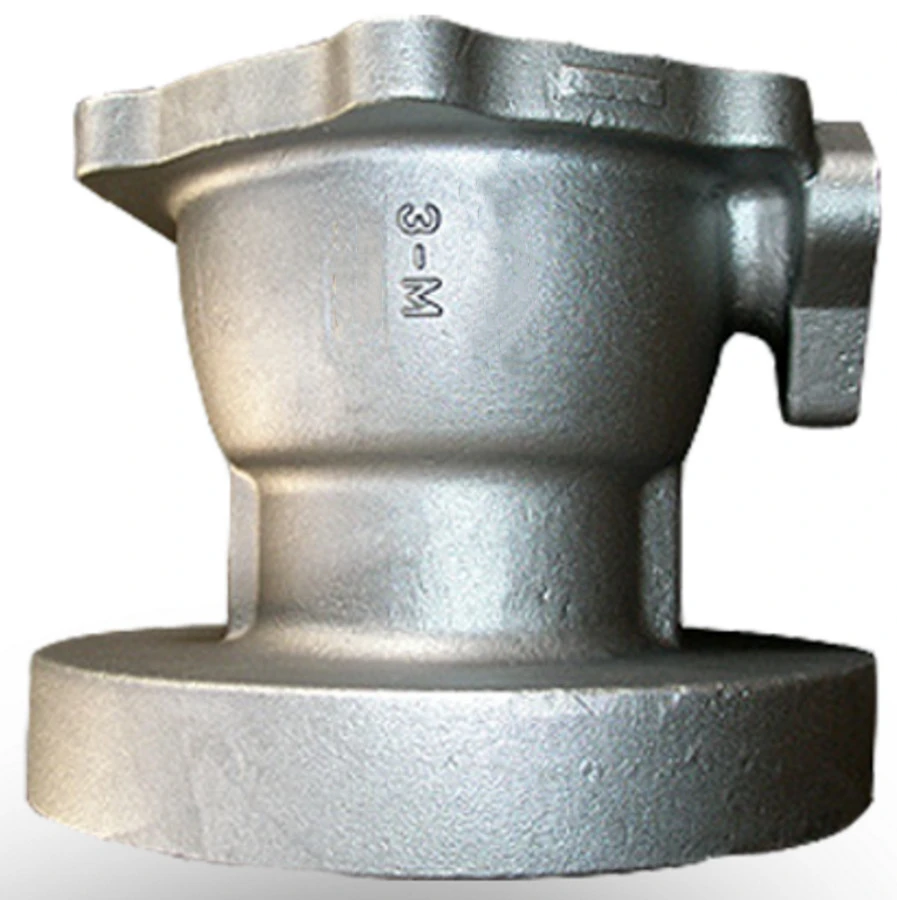Mobile:+86-311-808-126-83
Email:info@ydcastings.com
German
aluminum casting heat treatment
Aluminum Casting Heat Treatment Enhancing Properties for Optimal Performance
Aluminum casting has become an essential part of modern manufacturing, utilized in various industries, including automotive, aerospace, and consumer goods. One of the pivotal processes that ensure the durability and performance of aluminum castings is heat treatment. This article delves into the significance of heat treatment in aluminum casting, the methods employed, and the resulting benefits.
Understanding Aluminum Alloys
Aluminum alloys are broadly categorized into two categories wrought and cast. Cast aluminum alloys are further divided into two main types non-heat-treatable and heat-treatable alloys. The heat-treatable alloys, primarily those found in the 2000, 6000, and 7000 series, gain significant strength improvements through specific heat treatment processes. This enhancement is critical for applications where mechanical integrity and performance are paramount.
The Importance of Heat Treatment
Heat treatment is a controlled process that alters the physical and sometimes chemical properties of a material. For aluminum casting, the primary goals of heat treatment are to enhance strength, improve ductility, and relieve internal stresses that may have developed during the casting process. Proper heat treatment can significantly improve the resilience of aluminum components, making them more suitable for demanding applications where performance is crucial.
Heat Treatment Processes
There are several key processes involved in the heat treatment of aluminum castings
1. Solution Heat Treatment This process involves heating the aluminum casting to a high temperature, typically between 500°C and 550°C (932°F to 1022°F), allowing alloying elements to dissolve into the aluminum matrix. This is typically followed by rapid cooling (quenching) in water or another suitable medium, which locks the alloying elements in solution.
2. Aging (Precipitation Hardening) After solution treatment, the aluminum alloy is aged, either at room temperature (natural aging) or at elevated temperatures (artificial aging). During this phase, precipitates form within the alloy, which significantly enhances its mechanical properties, particularly strength. The aging process allows fine precipitates to develop, which impede dislocation movement, a mechanism that ultimately contributes to increased hardness and strength.
aluminum casting heat treatment

3. Stress Relieving To mitigate residual stresses induced during the casting process, a stress-relief treatment may be performed. This involves heating the casting to a lower temperature, generally around 150°C to 200°C (302°F to 392°F), followed by air cooling. This process helps to balance internal stresses, reducing the likelihood of distortion and cracking during subsequent machining or service.
Benefits of Heat Treatment
The heat treatment of aluminum castings offers several significant advantages
- Increased Strength The primary benefit is a strong enhancement in mechanical strength, which is vital in structural applications. Heat-treated aluminum castings can achieve high ultimate tensile strengths, making them suitable for weight-sensitive applications without compromising safety.
- Improved Ductility Heat treatment can also improve the ductility of aluminum, enabling it to withstand deformation without fracture. This is particularly important in applications requiring impact resistance.
- Enhanced Wear Resistance Certain heat-treated aluminum alloys exhibit improved hardness and wear resistance, making them ideal for components subjected to friction and abrasion.
- Tailored Mechanical Properties By adjusting heating and cooling parameters, manufacturers can tailor the mechanical properties of aluminum castings to meet specific application requirements, ensuring optimal performance.
Conclusion
In summary, heat treatment is a vital step in the aluminum casting process that enhances the material's mechanical properties, ensuring durability and reliability in critical applications. As technology advances, improvements in heat treatment techniques continue to play an essential role in maximizing the benefits of aluminum castings across various industries. Understanding and implementing these processes enable manufacturers to produce components that not only meet but exceed performance expectations, driving innovation and efficiency in modern engineering.











